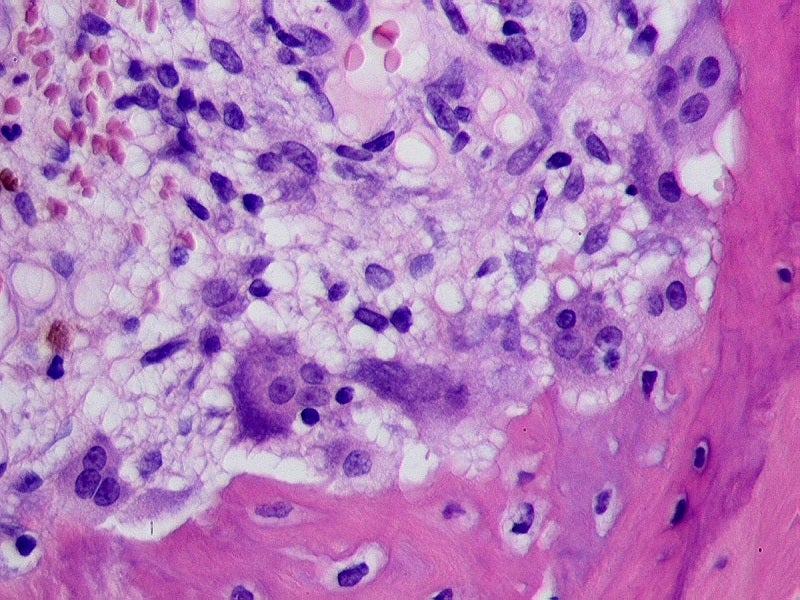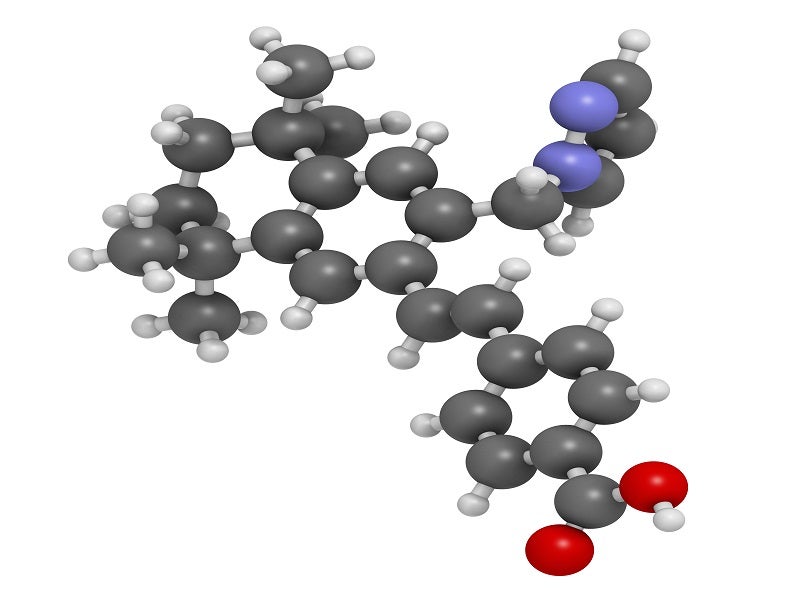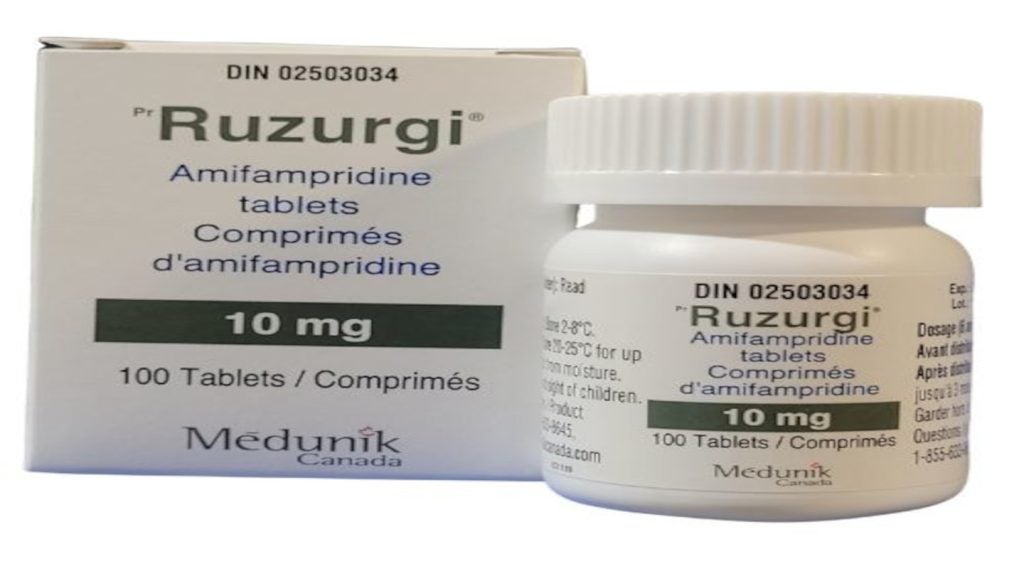Sohonos (palovarotene) is an oral, selective retinoic acid receptor gamma (RARγ) agonist developed by Ipsen, a biopharmaceutical company based in France, to reduce the formation of new heterotopic ossification (HO) in adults and children with fibrodysplasia ossificans progressiva (FOP), an ultra-rare bone disorder.
It is suitable for females aged eight years and older and males aged ten years and older who are dealing with FOP. The drug can be used for both long-term management and addressing flare-ups in these specific patient groups.
Sohonos belongs to the retinoid class of drugs that are associated with congenital disabilities in humans. It is a breakthrough treatment for reducing the new and abnormal growth of bone in soft and connective tissues in people living with FOP.
Originally developed by Clementia Pharmaceuticals, the drug became a part of Ipsen’s portfolio following the acquisition of the former in April 2019.
Sohonos is available in five strengths, 1mg, 1.5mg, 2.5mg, 5mg and 10mg, as elongated opaque white zero-sized hard-gelatine capsules consisting of white to off-white powder.
Regulatory approvals for Sohonos
Sohonos was first approved by Health Canada in January 2022, followed by the acceptance of a new drug application (NDA) for the drug by the US Food and Drug Administration (FDA) for priority review in June 2022.
The drug was recommended by the FDA’s Endocrinologic and Metabolic Drugs Advisory Committee (EMDAC) as an effective treatment for people with FOP in June 2023, based on the efficacy and safety data for the drug, including results from the Phase III MOVE clinical trial. The FDA approved the drug in August 2023.
Sohonos, however, failed to secure marketing authorisation in Europe for the condition due to negative opinion by the European Medicines Agency’s Committee for Medicinal Products for Human Use (CHMP) on the drug.
The drug is authorised for use in the United Arab Emirates (UAE) with conditions.
FOP causes and symptoms
FOP is a rare musculoskeletal condition where muscles and tissues are slowly transformed into bone, known as heterotopic ossification.
It causes progressive loss of mobility, locking joints with debilitating physical pain and leading to a reduced lifespan. The abnormal bone growth may occur in multiple soft tissues, leading to stiffness in the affected areas and limiting movement.
The disease progresses with flare-up episodes with rapid bone growth, resulting in ankylosis in affected joints, including the neck, jaw, wrist, back, shoulders, elbows and hips.
The primary cause of FOP is unknown; however, most cases of FOP occur due to a mutation in the ACVR1 gene. The ACVR1 protein is found in several tissues of the body, including skeletal muscle and cartilage. Only in a few cases is FOP inherited from one affected parent.
Symptoms include episodes of muscle swelling and inflammation followed by rapid ossification, difficulty speaking and eating, hearing impairment, malformed big toe, permanent immobility, scoliosis and swelling of soft tissue on the neck, shoulders and back.
As the condition advances, people may permanently lose the ability to move. The patients are prone to respiratory infection or heart failure and, in a few cases, experience cognitive impairment and inability to learn.
FOP is estimated to affect 400 individuals in the US and 900 people worldwide, reducing median life expectancy to 56 years. It can lead to breathing problems and cardiorespiratory failure or falls, resulting in fractures or head injuries. In severe conditions, it may cause untimely death due to bone formation around the ribcage.
FOP is estimated to affect approximately 1.36 individuals per million worldwide.
Sohonos’ mechanism of action
Sohonos is an orally bioavailable retinoid that acts as a RAR agonist with selectivity for the gamma subtype, which is an essential regulator of skeletal development and ectopic bone in the retinoid signalling pathway.
Through binding to RARγ, palovarotene lowers the new abnormal bone growth in patients with FOP by reducing the bone morphogenetic proteins (BMP)/ALK2 downstream signalling pathway by inhibiting the phosphorylation of SMAD1/5/8.
It reduces ALK2/SMAD-dependent chondrogenesis and osteocyte differentiation, reducing endochondral bone formation.
Clinical trials on Sohonos
The FDA approval of Sohonos is based on the positive outcomes from the first global, multi-centred, single-arm, open-label phase III clinical trial in FOP named MOVE. The study evaluated the efficacy and safety of a long-term or flare-up treatment plan involving palovarotene to reduce the annualised volume of new HO in individuals with FOP.
The study was conducted in two parts: Part A, which is the main part of the trial involving three interim analyses for 24 months, and Part B, a 24-month extension.
The study enrolled 107 participants who received oral palovarotene compared with untreated individuals from Ipsen’s global FOP Natural History Study (NHS), who were untreated beyond the standard of care.
The primary endpoint was annualised change in new HO volume compared to NHS participants, measured by low-dose whole-body computed tomography.
The study demonstrated that the drug effectively reduced annualised HO volume compared with no treatment beyond the standard of care. It showed a reduction of 54% with a weighted linear mixed effect model.
Palovarotene has a well-characterised safety profile with adverse events consistent with those typically associated with systemic retinoids.
The most common adverse reactions reported in the patients during the clinical trials were mucocutaneous events such as dry skin, lip dryness, alopecia, drug eruption, rash and pruritus and musculoskeletal events such as arthralgia and premature growth plate closure in growing children.










